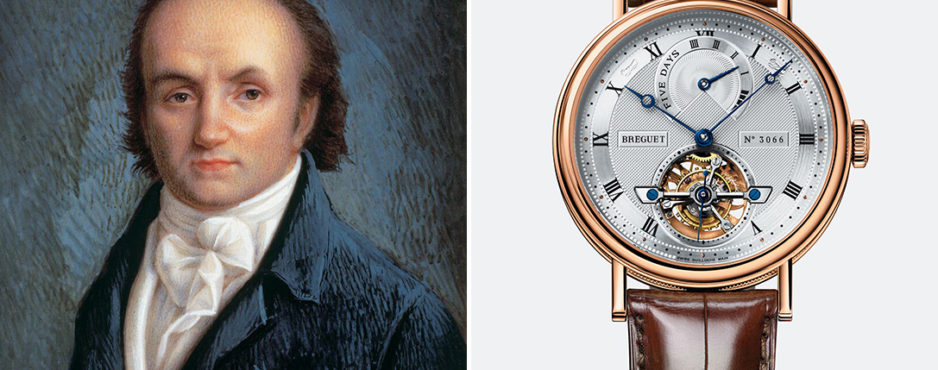What’s in a name?
For a Tourbillon, it is a fancy, French word for “whirlwind.”
The Tourbillon was invented by 18th-century watchmaker Abraham Louis Breguet, and his idea was to counter the effects of gravity on the escapement of a pocket watch.
The escapement of a watch is basically what makes the hands of a mechanical watch move and keep time.
The Tourbillon could be considered a kind of watch escapement.
The escapement regulates timekeeping in a watch (you hear this with the ticking sound), and is the most visually animated part of the movement.
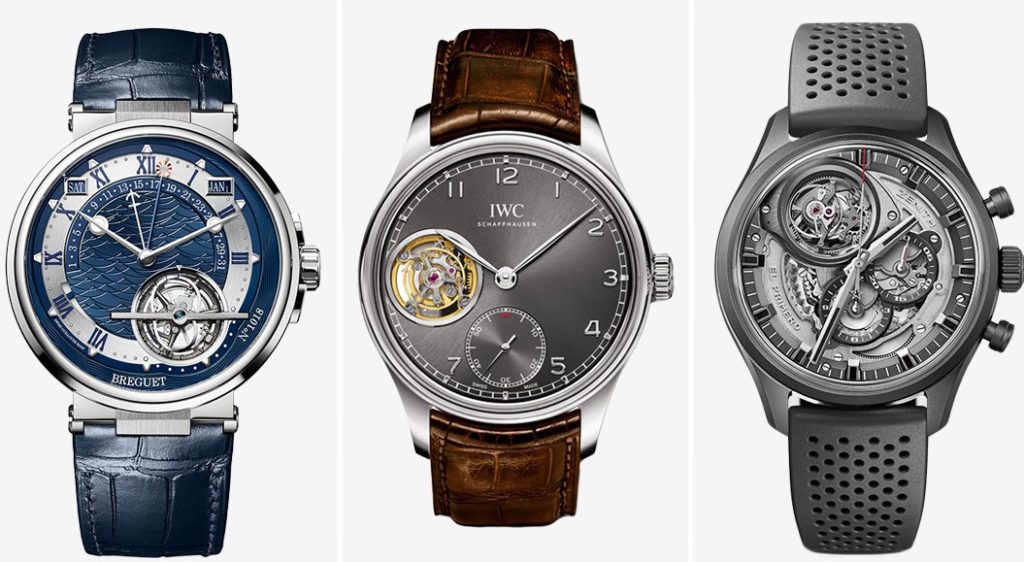
Among its primary parts are the balance wheel, which swings back and forth multiple times per second.
A Tourbillon takes this entire structure and puts it in a frame that revolves a full 360 degrees, so it’s ticking and twitching and turning all at once.
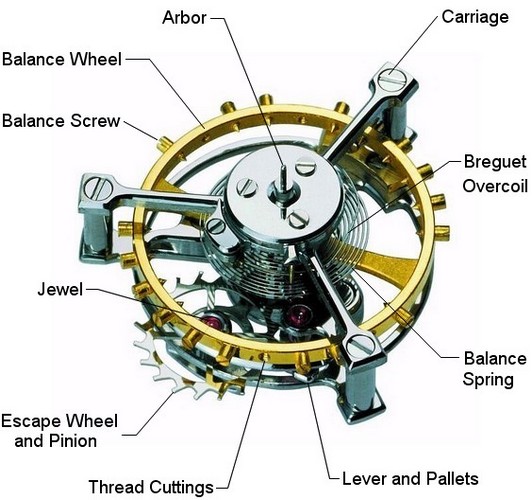
Tourbillons are extremely complicated to produce with a lot of tiny, precise components.
The Tourbillon is revered in horology as an engineering marvel, and many modern watchmaking houses create them as a demonstration of their skills.
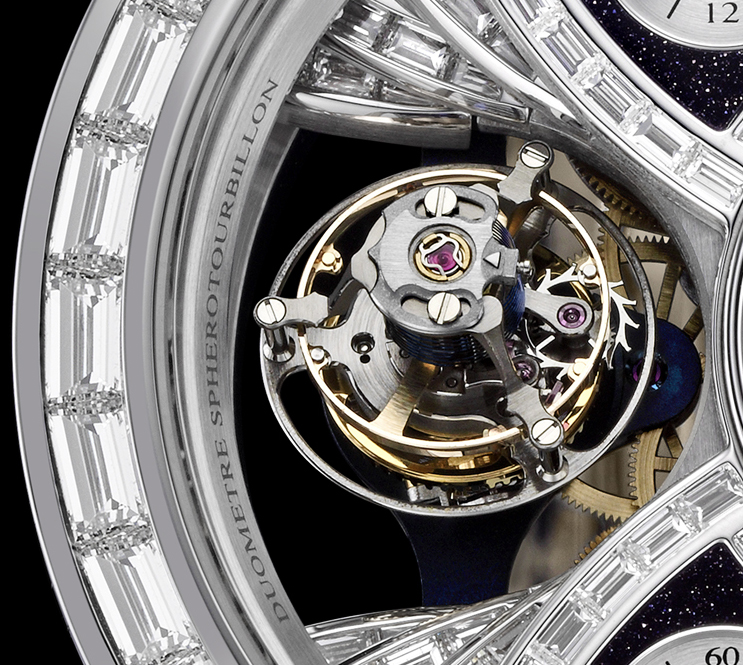
They appear today in the most expensive wristwatches on Earth, although they serve no real purpose, since wristwatches naturally change position all day long.
Well-made, but entry-level watches with genuine, hand-crafted Tourbillons fetch at least $50,000 – and the really good ones start at about $250,000.

A Tourbillon is one of the pinnacles of watchmaking achievement, and a truly impressive feat of engineering.
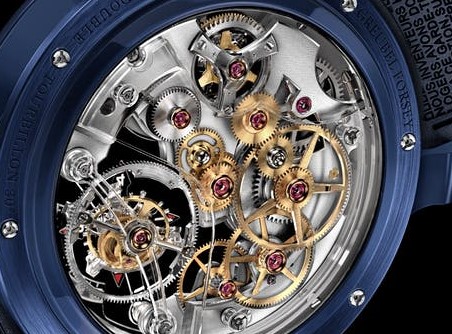
CHARLEY PHOTO OF THE WEEK: A fun fact about Charley is she’ll sit by a door for a long time patiently (sometimes) waiting for someone to open it and let her through. Here, she’s waiting on the back deck for Tom to let her inside — probably because she smelled pizza.


